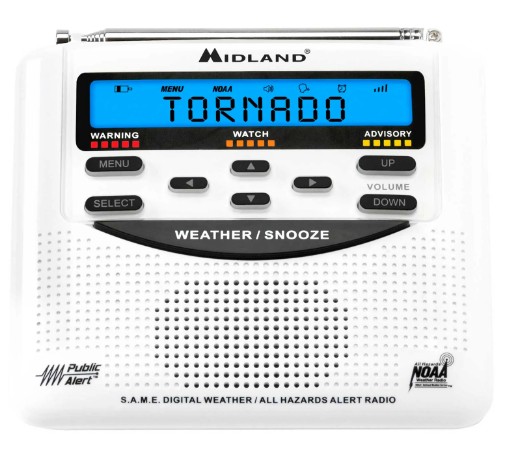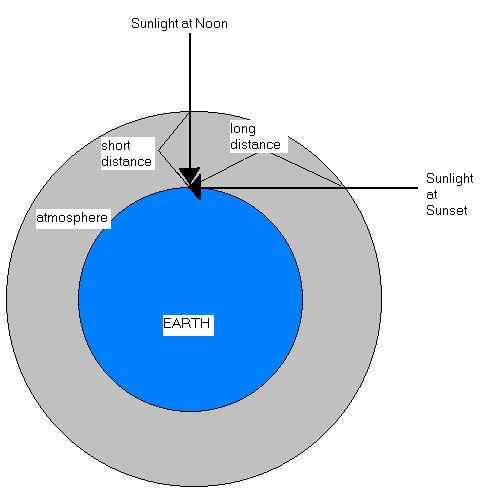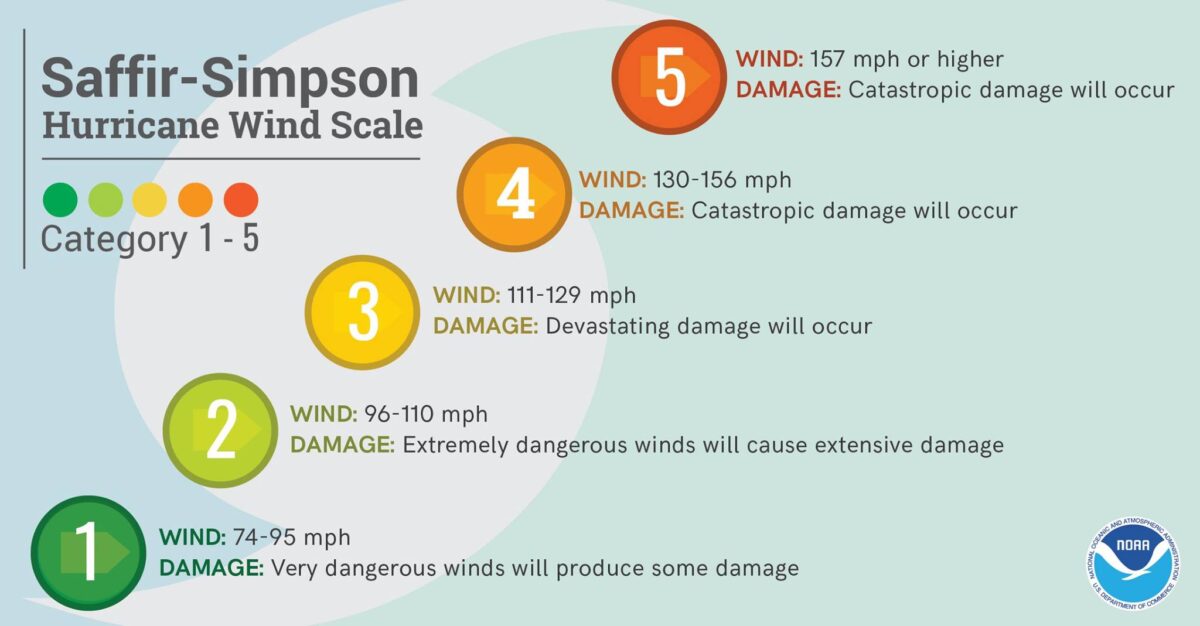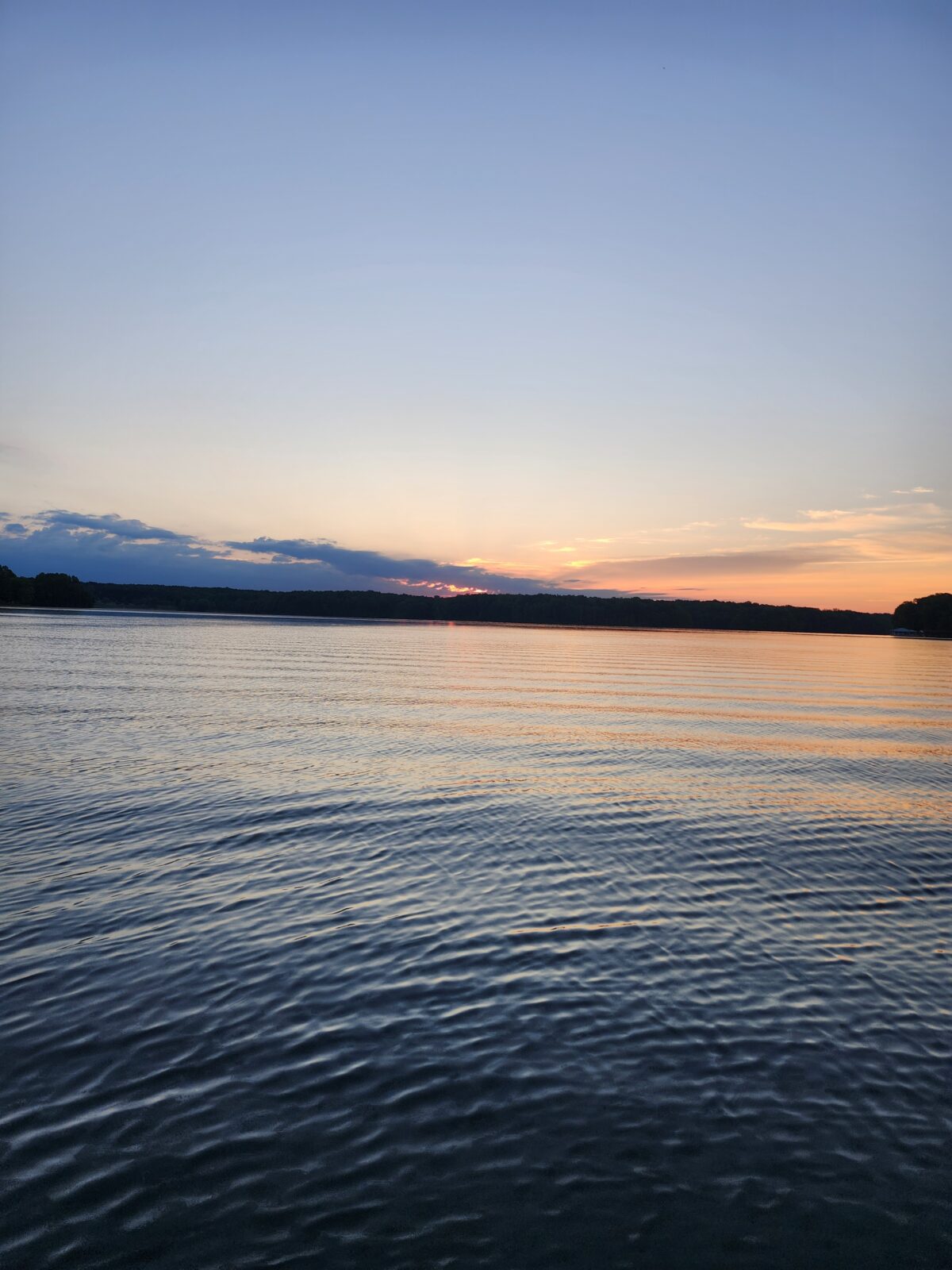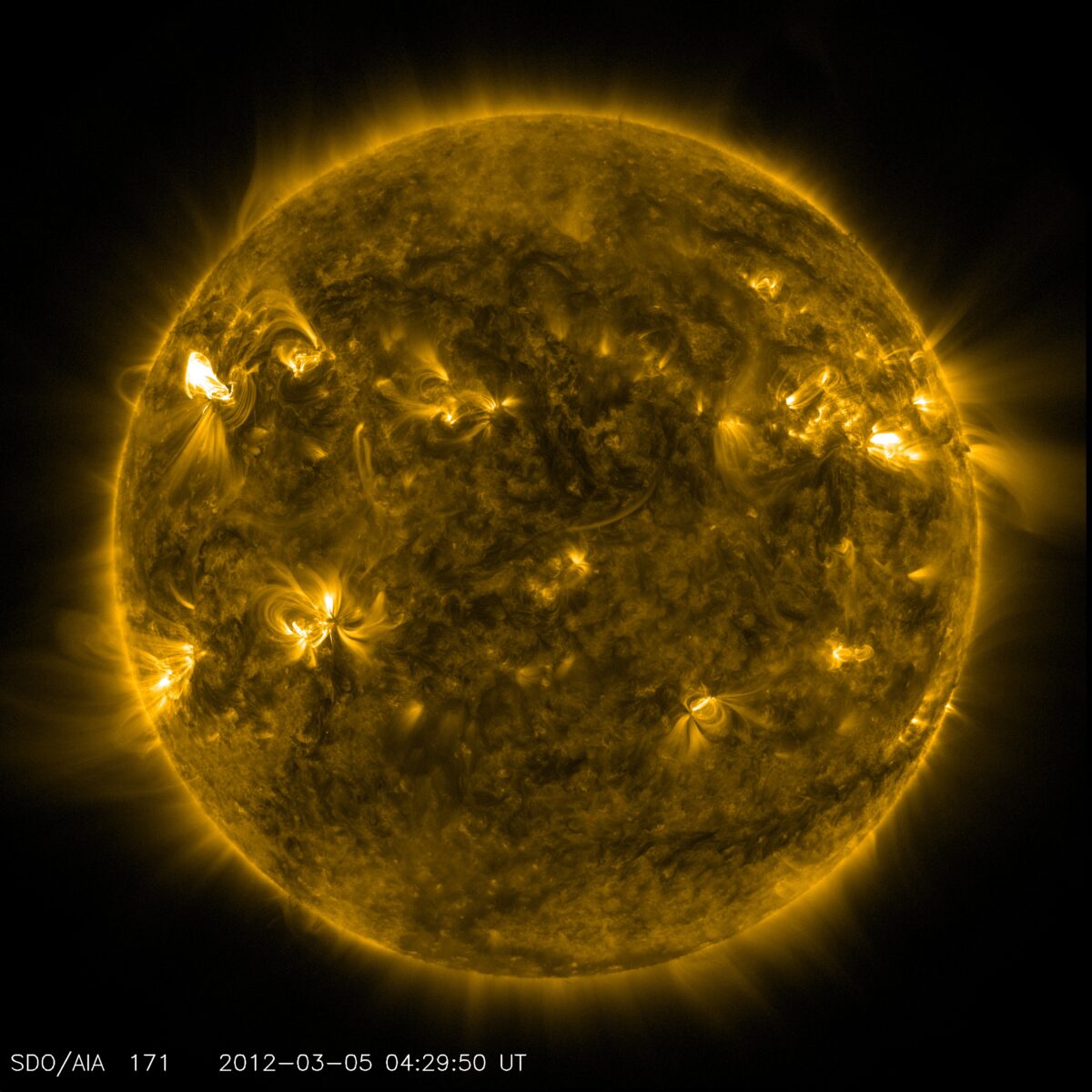It’s two o’clock in the morning. Everyone in your house is sleeping, and thunderstorms are moving toward your area. As strong winds begin to shake the house, you realize something isn’t right. You wake your wife, grab the kids, and head to the basement—or an interior bathroom or hallway—for protection. But before you can get there, windows start breaking and …
Secrets of the Blood Moon
We’ve all seen or at least heard of a blood red moon. But what weather is associated with it? And why does the color fade as the moon rises? The light from the sun is composed of many types of electromagnetic waves. The human eye can detect only a small portion of these waves, known as the visible spectrum. You …
Attention Weather Fans: Join Lake Anna’s Weather Watch from Your Backyard
This is your chance to become part of an important network of weather-observing volunteers.CoCoRaHS stands for the Community Collaborative Rain, Hail, and Snow Network. It began at the Colorado Climate Center at Colorado State University after the devastating flash flood in Fort Collins, CO, in 1998. Today, CoCoRaHS observations are used by the National Weather Service, private meteorologists, hydrologists, emergency …
Hurricane Season is Here
As we watch in horror the devastating floods in TX over the 4th of July weekend from the remnants of Tropical Storm Barry, and the heavy rainfall from Tropical Storm Chantal, we need to be prepared for the worst as hurricane season is ramping up. The 2025 names are: Andrea, Barry, Chantal, Dexter, Erin, Fernand, Gabrielle, Humberto, Imelda, Jerry, Karen, …
Barometric Tides, Explained
For those who track the air pressure on a home barometer, have you ever noticed that twice each day the pressure falls and rises? The atmospheric pressure does fluctuate twice daily across the globe. This is analogous to the ocean tides, but formed from different processes and forces. Ocean tides are caused by the gravitational pull from the moon and …
Red Sky in the Morning, Sailors Warning
Weather folklore, like any folklore, is deeply rooted in patterns that were observed by individuals many years ago. Hundreds to even thousands of years ago, people had very little understanding of how the weather works. Since they did not have TV, radio, or the Internet, they would keep track of what happened each day. Sometimes they would find a pattern …
Beautiful and Bizarre Optical Wonders of the Sky
Almost every day, as we look into the atmosphere, we can see some beautiful—and sometimes unusual—optical sights. These occur due to sunlight interacting with particles in the atmosphere. Light from the sun is made up of a spectrum of colors that we normally perceive as plain white light. But as this light passes through water, ice, smog, or smoke, the …
After a Cold Winter: Spring Lawn Care at Lake Anna
After one of the coldest winters in several years, we can finally enjoy the spring season and turn our attention to lawn care. Typically, we experience beneficial rains throughout most of the spring. When combined with balanced chemical applications, these rains can help create a lush summer lawn. Hopefully, the extreme cold has also reduced some of the bug populations …
Lake Anna’s Microclimate: Warm Water Influence
Amicroclimate is defined as atmospheric conditions that are slightly different from the larger areal climate conditions. Some of these can be significant differences that create impacts. Microclimates exist in many areas like cities (heat island) and around lakes, oceans, and mountainous areas. Lake Anna is unique due to the Nuclear Power Plant that artificially warms the water over portions of …
Weather in Space
Thunderstorms, tornadoes, blizzards and heat waves are of no concern to the forecasters at the Space Weather Prediction Center (SWPC) in Boulder, Colorado. This is a group of very specialized scientists that are more interested in such things as the solar wind, geomagnetic and radiation storms, and radio blackouts. The SWPC provides real-time monitoring and forecasting of solar and geophysical …

